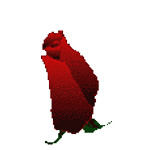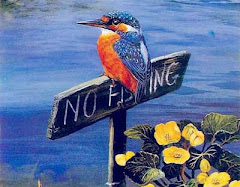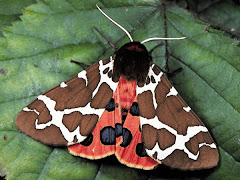
We have this beautiful tree in our garden!
Almost twice as high as our house!
Called the Cedrus atlantica.
~~~~~~~~~~~~~~~~~~~~~~~~~~~~~~~~
Wij hebben deze prachtige boom in onze tuin staan
hij is ong. een keer zo hoog als ons huis,
genaamd de Atlas Ceder!

Cedrus atlantica is a medium-sized to large tree,
30–35 m (rarely 40m) tall,
with a trunk diameter of 1.5–2 m.
Cedrus atlantica is common in cultivation as an
ornamental tree in temperate climates.
In garden settings, often the glaucous forms are
planted as ornamental trees, distinguished as the
Glauca Group, a Cultivar Group.
There are also fastigiate, pendulous, and
golden-leaf forms in cultivation.
The Atlas Cedar is useful in cultivation because it is more
tolerant of dry and hot conditions than most conifers.
It is used as a street tree, such as Christmas Tree Lane
in Altadena, California
~~~~~~~~~~~~~~~~~~~~~~~~~~~~~~~~~~~~~~
De atlasceder (Cedrus atlantica) is een boom
uit de dennenfamilie (Pinaceae).
De soort komt van nature voor in het
Atlasgebergte in Noord-Afrika, maar wordt
tegenwoordig vaak aangeplant als sierboom in parken
en tuinen. In Zuid-Europa wordt de atlasceder
soms bovendien aangeplant voor het hout.
Een volwassen boom kan tot 40 meter hoog worden.

Many (but far from all) of the cultivated trees
have glaucous (bluish) foliage, more downy shoots,
and can have more leaves in each whorl;
young trees in cultivation often have more ascending
branches than many cultivated Cedrus atlantica.
~~~~~~~~~~~~~~~~~~~~~~~~~~~~~~
De kroon van de boom is breed en kegelvormig.
De grote takken hebben een horizontale stand.
Zelden hangen de takken. De boomschors is blad
en donkergrijs. Als de boom ouder wordt, komen er
groeven in de boomschors te zitten en zo vormen
zich grote platen, die afschilferen.
De knoppen zijn glimmend, donkergroen of
blauwachtig groen en hebben een lengte van
1 tot 2 cm. Ze zitten vaak in bosjes van
circa 40 stuks bijeen.


De mannelijke kegels zijn conisch
en hebben een lengte van 3 tot 5 cm.

Vrouwelijke kegels zijn rechtopstaand en rolrond
met een uitholling aan de top.
Ze rijpen in twee jaar tot een bleke, paarsbruine kleur
en zijn dan 5 tot 8 cm lang.
De schubben vallen af en laten dan de
gevleugelde zaden vrij.


Have a Wonderful Weekend!!!
Info from wikipedia
photo’s Via
the first and the last 2 by me!





















































































